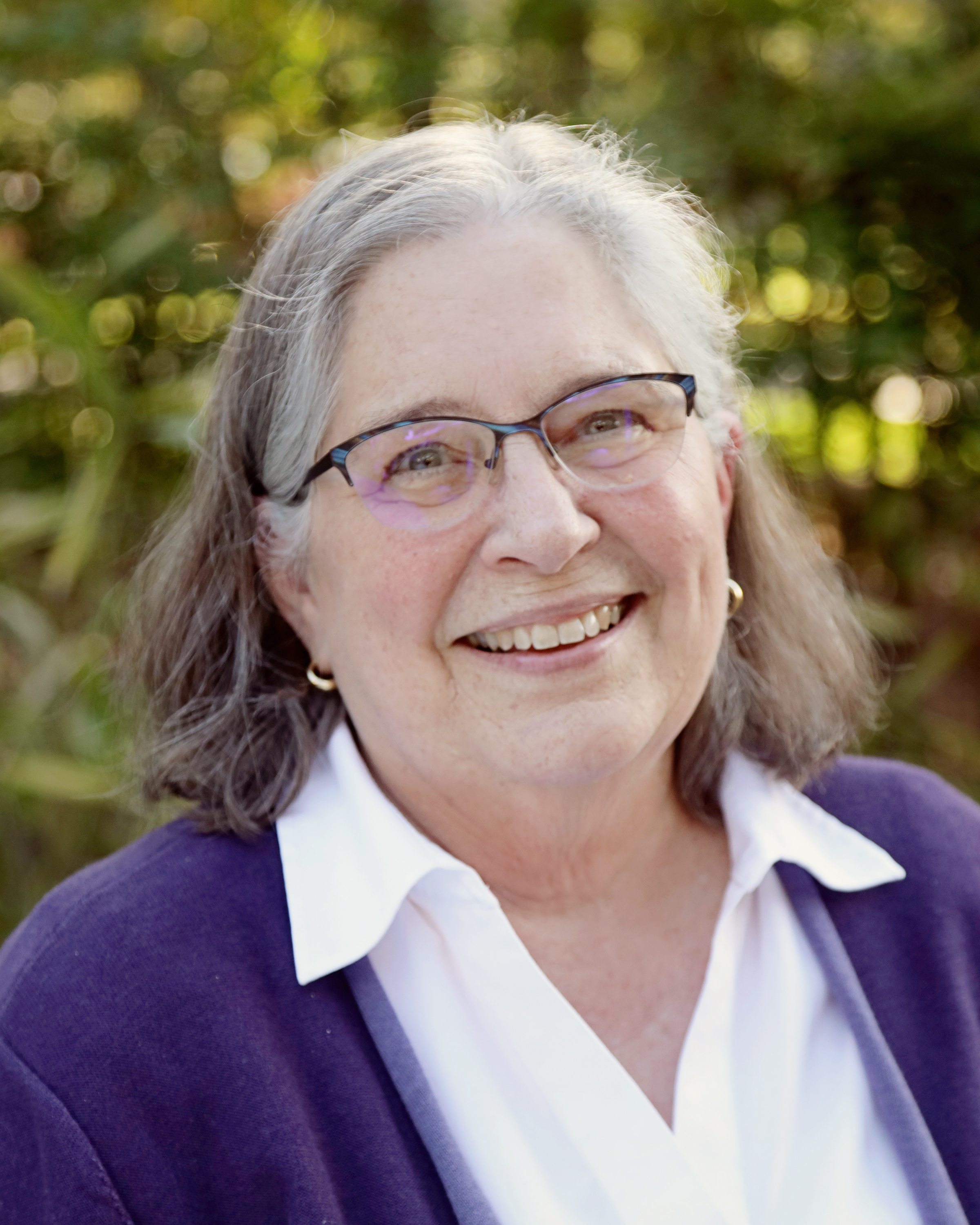
As an editor, I’m tasked with reviewing copy to ensure there are no typos, inconsistencies, or ambiguities. As I wrote in my previous blog, Transformation of Quality, an editor’s job is comprised of many “rules” to ensure copy is as accurate, consistent, and clear as possible. Fact-checking and verification, avoiding ambiguity, adhering to various style guides, and being concise are all important aspects of editing.
During a detailed edit, I’m improving the readability and quality of content, ensuring a document is free of typos, and that abbreviations and acronyms are used correctly. I identify areas that need to be reorganized or restructured to improve readability and clarity. And I read for potential libel and permissions problems. Finally, I work with writers to resolve issues that arise.
But wait, there’s more! (There’s always more.)
My job goes beyond the nitty gritty of subject / verb agreement and whether to use an en dash or an em dash. I like to think I work in tandem with the writer, improving the clarity, structure, and overall effectiveness of their writing. All this while essentially working behind the scenes, ensuring the writer’s ideas are presented in a clear and concise manner.
For the best edit though, I need to know the audience. And for that, I (vicariously) step into their shoes. I visit the client’s website and learn everything I can about the company as quickly as I can. If brand guidelines are available, I will review them. To truly know the audience, I focus on the proverbial big picture, while simultaneously maintaining a focus on the details – for accuracy. I want to understand the context of the entire document, so I give it a “cold read” to better appreciate the audience, as well as the document’s purpose, tone, voice, and style. I provide objective feedback for the writer during this review cycle, as well as highlight any terms or ideas I want to investigate further for my own edification. Then I go back and start from the beginning, copyediting the story line-by-line. By editing at both big picture and granular levels, I ensure the creation of high-quality content which rises to meet an audience’s expectations.
One last pass
Once I’ve finished my edit, the document moves into Design. When their magic is complete, I proof the final document – a PDF, PowerPoint, PNG, or even a Word document – while ensuring that none of the original text was inadvertently dropped and that the layout flows in a logical manner. I rarely have changes at this point, but if I do, they are very few.
The entire Odigo Creative team is quite proud of our completed projects. They follow the client’s chosen style, speak to their product’s success, and use their brand imagery appropriately. In short, we follow our proven creative processes every step of the way. Consequently, the client is pleased, the audience is impressed, and we move on to the next creative challenge.
